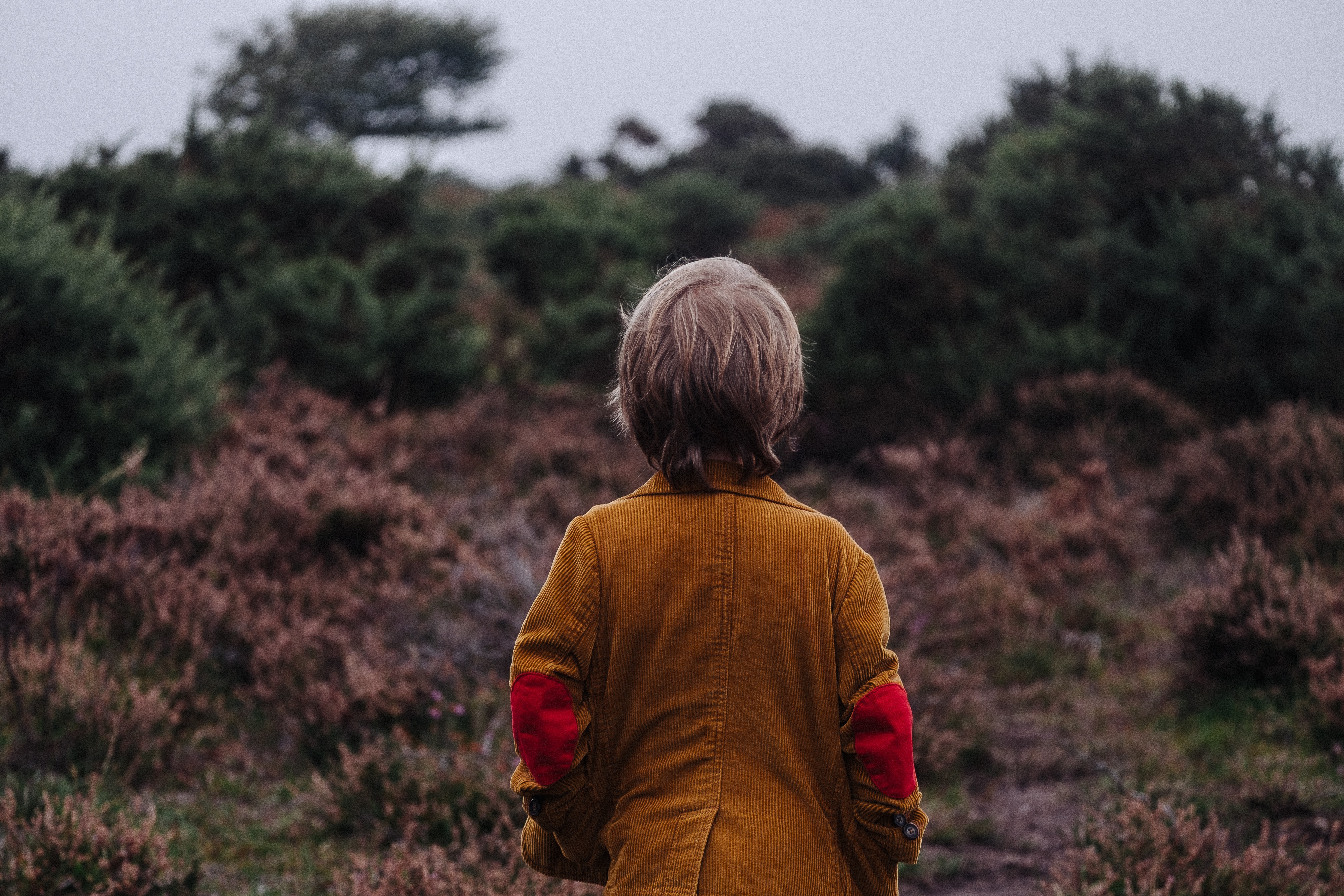Equity and the Living Building Challenge
Robert Jones once lived on the streets, struggling with substance abuse, mental illness and a criminal background. But Robert is no a longer a statistic—he now lives in one of A Community of Friends’ (ACOF) supportive affordable housing communities in South Los Angeles. Since moving into his new home, he has found employment and been reunited with family.
Robert feels very fortunate, and for good reason—Los Angeles, CA, is in the midst of a housing crisis. Each night, more than 40,000 people sleep on the street, in a car or tent, or without a permanent roof over their head. Many people struggling with access to permanent housing also suffer from some form of mental illness, which is often a major barrier to maintaining a stable and safe life. The situation does not seem to be improving. Homelessness is up 12% from just two years prior—a figure so staggering that the mayor of Los Angeles, Eric Garcetti, recently announced that the city would declare a state of emergency due to the homeless crisis.
Providing affordable rental housing in conjunction with supportive services is one of the most effective ways to keep people off of the street. For more than 27 years, ACOF, a non-profit affordable housing developer based in Los Angeles, has been working to provide housing to underserved populations. Today, the organization owns and operates 39 properties that provide homes to more than 2,000 people throughout Los Angeles and Orange Counties. ACOF’s work is fueled by a powerful mission: to end homelessness through the provision of quality permanent supportive housing for people with mental illness. ACOF goes beyond providing homes by including the necessary on-site support services to help residents to maintain stability and lead productive lives.
ACOF’s Vibrant Living program is one avenue used to create a healthy environment in every building. The program focuses on creating healthy habits through exercise, nutrition, creative expression and gardening. Resident health is a primary focus for ACOF buildings, as people who have been homeless or living in other substandard situations often have health issues. Sustainable design is an integral component of this health-minded philosophy because healthy environments help to achieve improved health outcomes and allow tenants to thrive. Design principles that promote indoor air quality, urban agriculture, and energy and water efficiency provide a direct benefit for both tenants and building owners. For owners, lower operating costs result in more money that is reallocated into services programming, and in buildings where tenants pay rent, the efficient units allow for lower costs of living.
ACOF seeks to reduce their buildings’ carbon footprints through renewable energy, and to respond to the severe California drought by implementing more aggressive sustainability strategies. Several of ACOF’s projects are LEED Platinum Certified, but the Living Building Challenge philosophy piqued their interest as a likely next step. The Challenge encompasses a holistic ideology that goes beyond projected outcomes for energy and water, and includes Equity, Beauty, Health & Happiness, and Place—issues that are paramount to ACOF’s mission. The tenants are the greatest consideration for ACOF because tenants are most directly impacted by the decisions that are made. ACOF recognizes that beyond creating residences, they are establishing the foundations for healthy homes.
Cedar Springs Apartments – In Pursuit of Petal Certification
ACOF’s first foray into the Living Building Challenge is Cedar Springs Apartments—a 36-unit integrated project for homeless, transitional-aged youth and low-income families. The project is being developed in partnership with David & Margaret Youth and Family Services—an organization serving foster and orphaned youth for more than 100 years in La Verne, CA.
The team of designers, engineers, contractors and consultants were initially tasked with exploring the steps necessary to reach full Living Building Certification, a process that involved extensive technical conversation, particularly around the feasibility of achieving net positive energy and water. However, the project was nearly ready to break ground, and the cost of implementing many of the material changes necessary to achieve full Living Certification surpassed the project’s limited financial resources. Instead, the team focused its attention on achieving Petal Certification. The Energy Petal presented numerous challenges, including the allocation of adequate space for photovoltaics without exceeding the limited budget; however, after a number of amendments, the project is on track to satisfy requirements. In addition, the team chose to pursue the Health and Equity Petals, which were well suited for ACOF’s organizational mission and core values of dignity, excellence and community.
The Equity Petal for LBC version 2.1 (an earlier iteration of the Challenge), incorporates three Imperatives: Human Scale + Humane Places, Democracy + Social Justice, and Rights to Nature. These broad Imperatives have relatively minimal requirements for implementation compared to other Petals, and most of the team felt that these were readily attainable. Few physical design changes were needed to meet the requirements for this Petal, and they did not impact the overall cost, scope or work involved. The project was already fairly well situated at a density and location where the buildings would not block access to light or views for any surrounding buildings, and the open, campus-style layout provided access to nature and created gathering opportunities for tenants and visitors—both requirements of the Petal.
Perhaps the greatest impact the Equity Petal has had on this project, and on ACOF’s work, resulted from the decision to apply Universal Design standards to all units, not just the required minimums for codes and funding, in response to the Democracy + Social Justice Imperative. In addition to overall Universal Design, all ground-floor units are designed to be adaptable to become fully accessible, should the need arise. The customizable nature of design provides a level of housing security for tenants to age in place and to accommodate disabilities during their tenancy. The seemingly simple philosophy—accessible housing for all—is now embedded into the scope of all of ACOF’s projects. Although ensuring that the requirements of Universal Design are met in all units presents an added challenge to architects, but this extra initiative provides a sense of security for ACOF’s residents. For tenants like Robert Jones, who is in his sixties, aging in place will be key to remaining stably housed in the home he calls his “sanctuary.”
Liberty Lane – Living Building Challenge Framework for Affordable Housing Pilot Project
In August, ACOF’s Liberty Lane project was accepted into the Pilot Program for Affordable Housing (LBC version 3.0). The project will include 80 units of one- and two-bedroom apartments for homeless and low-income veterans. Through a partnership with U.S. VETS, an organization serving at-risk and homeless veterans across the country, tenants will have access to services within easy reach, eliminating the barrier of distance and increasing the opportunity for success.
The collaboration with U.S. VETS has also informed the design decisions and amenities going into Liberty Lane Apartments. In addition to on-site case management services and universally designed units, the project will incorporate many features that specifically address the needs of homeless and disabled veterans, including:
- A community garden with meditation area;
- A community room with a kitchen spacious enough for teaching cooking classes;
- Fitness facilities (one of the biggest requests from the veterans served by U.S. VETS);
- A quarter-mile outdoor walking path.
Acceptance into the Pilot Program will provide additional resources for ACOF to explore new ways to
incorporate the Equity Petal. Currently, ACOF is exploring some important new questions:
- Does providing ADA-accessible, quality affordable housing mean that ACOF provides equitable housing?
- Or does it mean they have to look beyond the scope of the project, to consider other community benefits that their housing can bring?
- Might commercial components be included such as childcare, gardens or fitness areas that are open to the community, cleaning up blighted properties, providing community gathering places, or even providing a public art piece for others to enjoy?
As ACOF begins to view projects in this new light, they are able to reflect on the project’s impact and its relationship to the surrounding community: Liberty Lane is not merely a stand-alone project, but a part of the larger public realm. Carving out the time to have these discussions of connectivity is often difficult for developers, but within the framework of the Pilot Program, they are able to devote a portion of their focus to important discussions.
The concept of Equity extends beyond physical components of the project. In pursuit of the Challenge with Liberty Lane Apartments, ACOF will consider their role as an equitable and just employer using the JUST Employer Imperative in version 3.0 of the Challenge, which requires at least one member of the project team to be JUST Certified. They are still in the nascent stage of investigating this requirement, but the process has already caused them to consider their own roles and responsibilities to the community—not just with the end product and future tenants, but for all of those involved in the production of a building. If the end result is achieved at the expense of the laborers, contractors and staff, is the process equitable?
Net Positive Equity
Affordable housing units are not inherently equitable. Good intentions and inclusive processes do not negate the responsibility to examine the contribution to a more equitable and just society. ACOF is a building industry practitioner, and the language of water, energy and materials—the “big three” of the Challenge—are familiar. Some technologies for net positive energy and water are new for ACOF, but they still fit within the current system of building. Equity, on the other hand, is not a topic typically introduced in a construction meeting or design charrette. Rarely, if ever, is there an expert on equitable development present. Achieving equity is not as simple as decreasing energy use; a comparable framework does not exist.
In order to examine equity in development, it is essential to consider how projects can contribute to a more equitable world. This evaluation challenges the concept of equity in the same way that the Challenge approaches water or energy—not solely minimizing negative impact, but striving to achieve regenerative, positive systems. With that mindset, we ask, what does Net Positive Equity looks like? The environmental cause, after all, is also humanitarian. If we want to be champions of sustainability, we must also include the social environment in the same conversation as the built environment. We must consider the Equity Petal with the same rigor as Energy, Water and Materials—maybe then we will truly be working toward a future that is “socially just, culturally rich and ecologically restorative.”
*A special thanks to Gina Ciganik, Sunshine Mathon, Hilary Noll, Tim Kohut and Travis Michael Sage for their work, insight, and contributions to the discussion of the Equity Petal in affordable housing.


